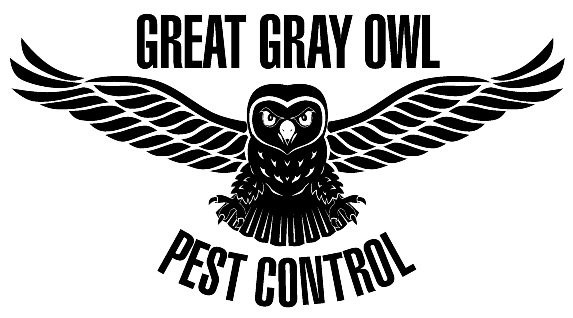Carpenter bees (Xylocopa virginica) are about 1/2-inch to 1" long, yellow and black, bulbous and hairy. Females are docile but can sting multiple times if provoked. Males are less aggressive than females. They defend the nest but are incapable of stinging.
Accomplished wood borers, carpenter bees make circular holes in old or untreated wood. They resemble bumblebees closely enough that the species are readily confused in casual observation. The difference between the two is in the dorsal side of the abdominal segment where the bumblebee has some yellow hair, but the carpenter bee does not.
The typical carpenter bee gallery has an entrance hole on the lateral surface of the wood. The gallery continues inward for a short distance then turns sharply and runs in the same direction as the grain of the wood. The female provisions the galleries by inserting a ball of pollen upon which the egg is laid. She then closes the cell by placing a mass of wood pulp in the gallery. A series of cells of this kind are made as the bee backs out of the gallery. The females often enlarge existing galleries or use old ones, establishing complex gallery systems in this way. In such cases, the structural strength of a timber may be significantly reduced.
The nests of carpenter bees are usually not difficult to locate. Some of the more common sites in buildings include siding, eaves, wooden shingles, porch ceilings, windowsills and doors. They also nest in telephone and hydro poles, fence railings and posts, and even wooden lawn furniture. Many types of wood are selected for nests but the softer woods are preferred. Unpainted or well-weathered wood is much more susceptible to attack than hardwood or well-painted timbers.
Carpenter bees complete one generation per year in Ontario. Tunnels are prepared and eggs laid in the spring. Larvae and pupae develop in early summer, never leaving the tunnels. Adult bees emerge in late summer and return to the same tunnels to hibernate for the winter months. In the spring, the adults mate and lay eggs, completing the cycle.
The abandoned nests of carpenter bees are frequently infested by any number of secondary pests including dermestid beetles, dried fruit moths and other scavengers that feed on unused pollen and nectar. Certain wasps, ants and bees will also be found in old galleries, using them as shelter and nesting sites.


